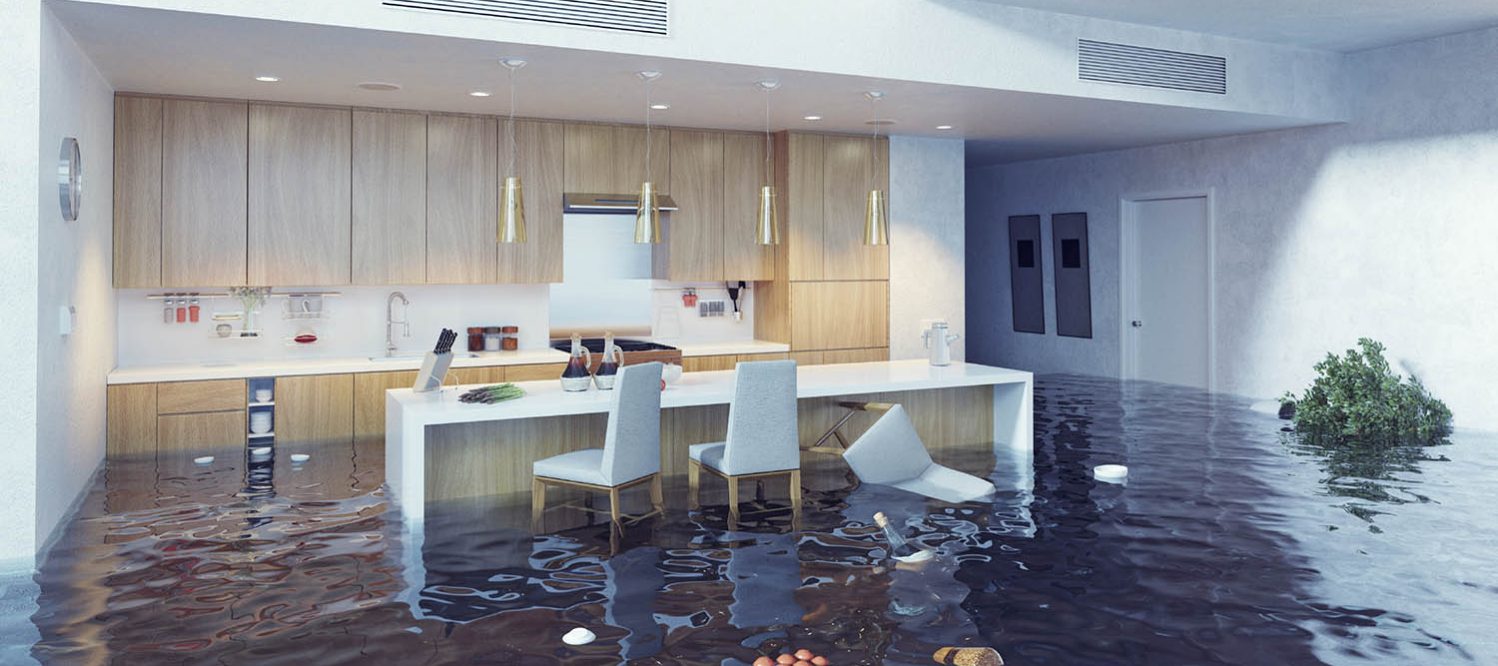Do's & Don'ts of Water Damage.
Do's & Don'ts of Water Damage.
Blog Article
What're your ideas concerning How To Prevent Fire And Water From Ruining Your Holiday Season?

Water offers life, but water intrusion on some parts where it's not supposed to be can result in damage and also inconvenience. In addition, homes with water damages smell mildewy as well as old.
Water can originate from many sources like tropical cyclones, floods, burst pipes, leakages, as well as drain issues. It's much better to have a working expertise of security precautions if you have water damages. Right here are a couple of guidelines on just how to take care of water damage.
Do Prioritize Residence Insurance Coverage Coverage
Seasonal water damages can come from floodings, seasonal rains, and also wind. There is also an event of an unexpected flooding, whether it came from a faulty pipeline that suddenly breaks into your house. To shield your house, get house insurance policy that covers both acts of God such as all-natural calamities, as well as emergency situations like damaged plumbing.
Do Not Forget to Shut Off Energies
When disaster strikes as well as you remain in a flood-prone location, shut off the major electrical circuit. Shutting off the power stops
electric shocks when water comes in as water works as a conductor. Don't neglect to switch off the main water line valve as a means to avoid more damage.
Maintain your furnishings secure as they can move about as well as cause extra damages if the floodwaters are getting high.
Do Keep Proactive as well as Heed Weather Signals
Storm floodings can be really unpredictable. If you stay in a location pestered by floods, remain ready and proactive at all times. If you live near a body of water like a river, creek, or lake , pay attention to the news and discharge cautions. Secure your belongings and essential files from the ground floor and cellar, after that placed them in a refuge as well as the highest feasible level.
Don't Disregard the Roof
Your roofing professional needs to take care of the defective seamless gutters or any other indications of damages or weakening. An assessment will avoid water from streaming down your wall surfaces and also saturating your ceiling.
Do Pay Attention to Little Leaks
There are red flags that can attract your focus and also suggest to you some weakened pipes in your residence. Indicators of red flags in your pipelines consist of gurgling paint, peeling wallpaper, water streaks, water stains, or trickling noises behind the walls. Repair work and evaluate your plumbing fixed before it results in substantial damage to your home, funds, and also a personal headache.
Do Not Panic in Case of a Ruptured Pipe
Maintaining your presence of mind is crucial in a time of situation. Worrying will just intensify the problem due to the fact that it will certainly stifle you from acting quickly. Panic will additionally offer you extra stress. Timing is vital when it pertains to water damage. The longer you wait, the even more damage you can anticipate and the most awful the results can be. If a pipe bursts in your residence, promptly shut off your major water valve to remove the source and stop more damages. Unplug all electric outlets in the location or shut off the breaker for that part of the house. Call a trusted water damages remediation expert for aid.
Water provides life, yet water breach on some components where it's not supposed to be can result in damage and hassle. In enhancement, houses with water damages scent old and also musty.
Seasonal water damage can come from floodings, seasonal rainfalls, and also wind. Indicators of red flags in your pipes include bubbling paint, peeling wallpaper, water touches, water discolorations, or trickling audios behind the wall surfaces. If a pipeline ruptureds in your residence, quickly closed off your primary water shutoff to cut off the source and prevent more damages.
Some Do's & Don't When Dealing with a Water Damage
DO:
Make sure the water source has been eliminated. Contact a plumber if needed. Turn off circuit breakers supplying electricity to wet areas and unplug any electronics that are on wet carpet or surfaces Remove small furniture items Remove as much excess water as possible by mopping or blotting; Use WHITE towels to blot wet carpeting Wipe water from wooden furniture after removing anything on it Remove and prop up wet upholstery cushions for even drying (check for any bleeding) Pin up curtains or furniture skirts if needed Place aluminum foil, saucers or wood blocks between furniture legs and wet carpet Turn on air conditioning for maximum drying in winter and open windows in the summer Open any drawers and cabinets affected for complete drying but do not force them open Remove any valuable art objects or paintings to a safe, dry place Open any suitcases or luggage that may have been affected to dry, preferably in sunlight Hang any fur or leather goods to dry at room temperature Punch small holes in sagging ceilings to relieve trapped water (don't forget to place pans beneath!); however, if the ceiling is sagging extremely low, stay out of the room and we'll take care of it DO NOT:
Leave wet fabrics in place; dry them as soon as possible Leave books, magazines or any other colored items on wet carpets or floor Use your household vacuum to remove water Use TV's or other electronics/appliances while standing on wet carpets or floors; especially not on wet concrete floors Turn on ceiling fixtures if the ceiling is wet Turn your heat up, unless instructed otherwise

I was shown that editorial on Fire And Water Damage Prevention through an acquaintance on another domain. Make sure you take a moment to promote this blog if you liked it. Many thanks for your time. Visit us again soon.
Report this page